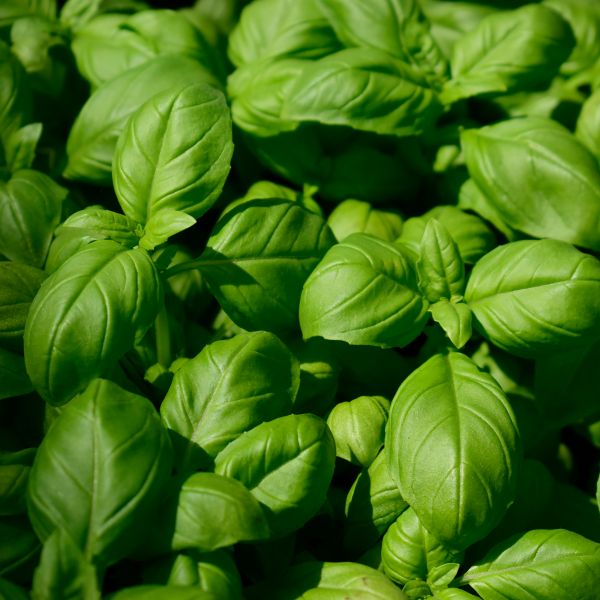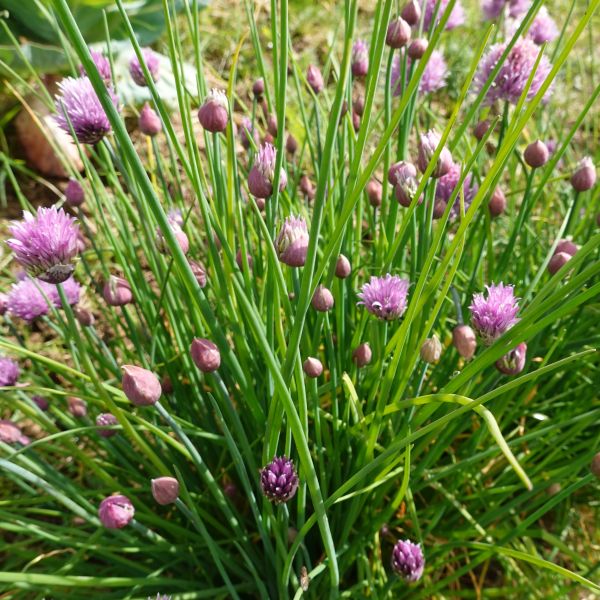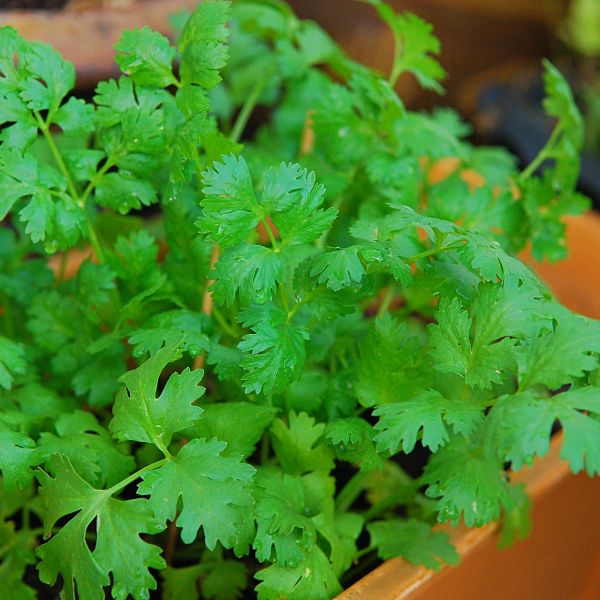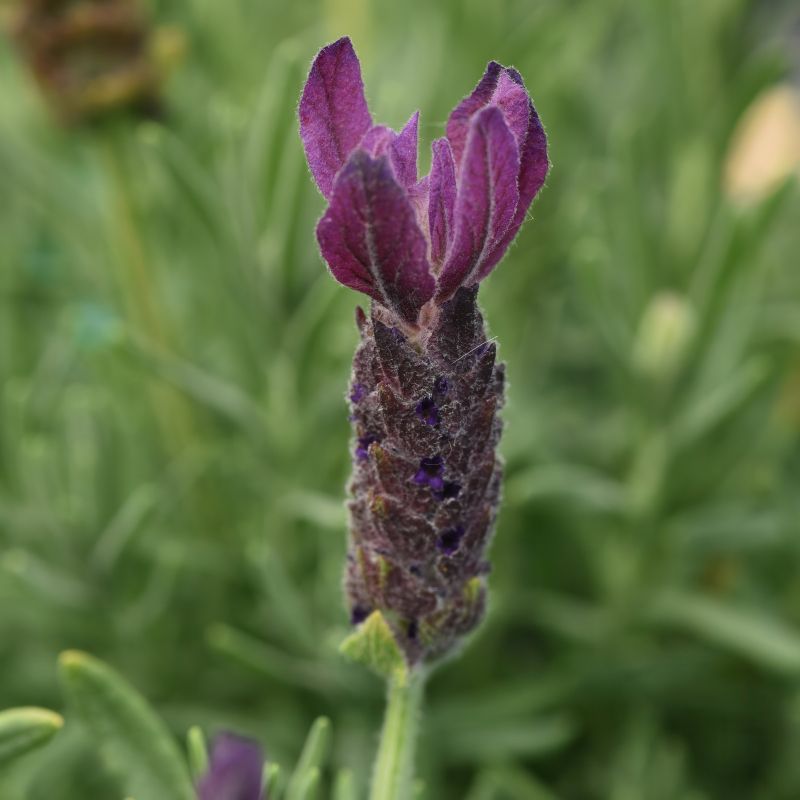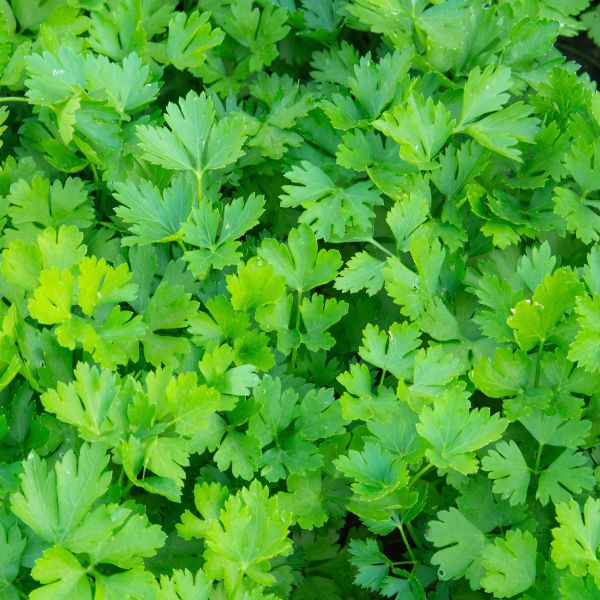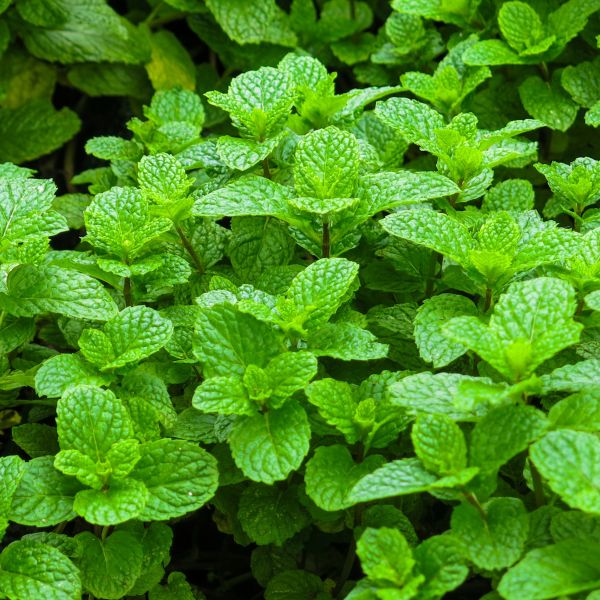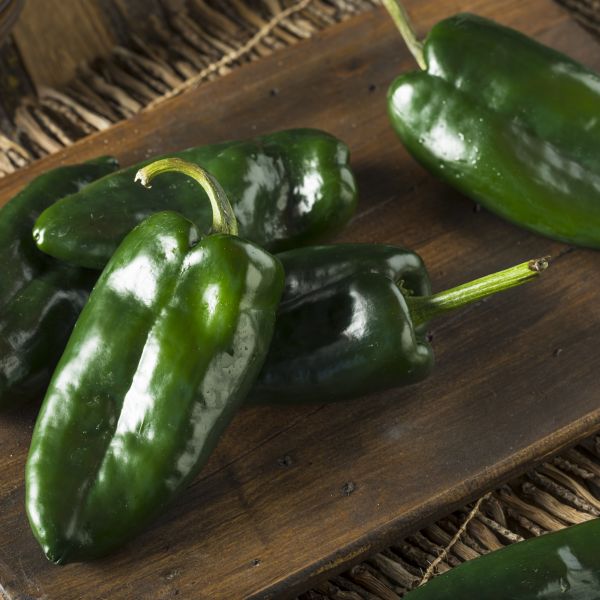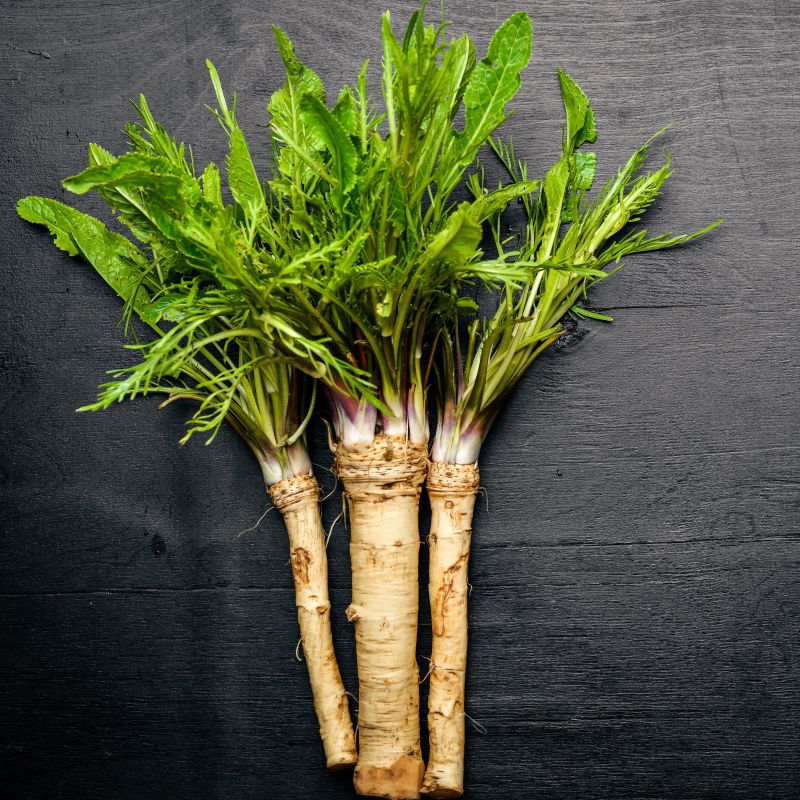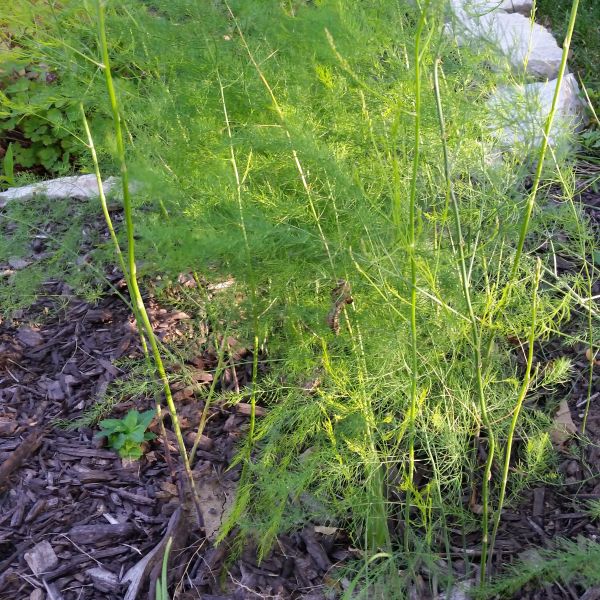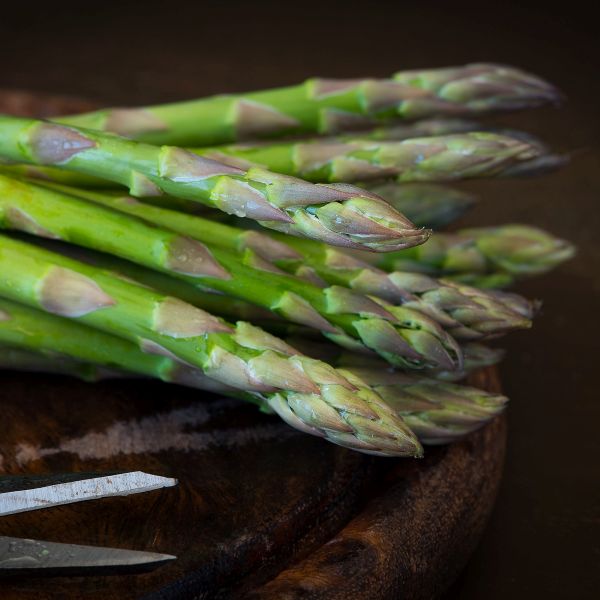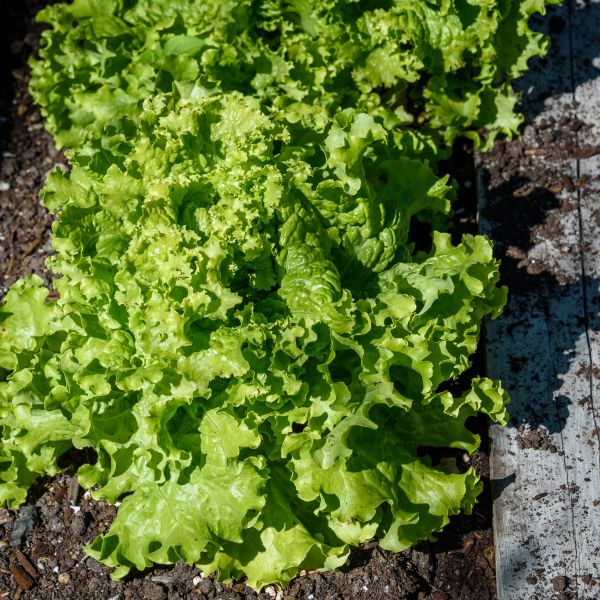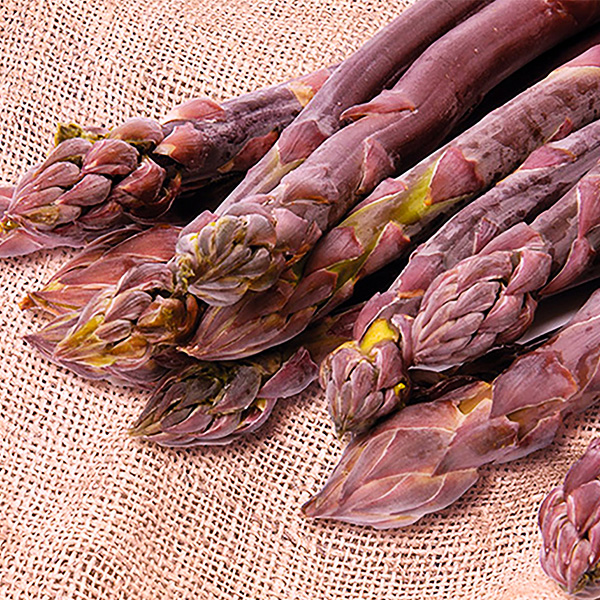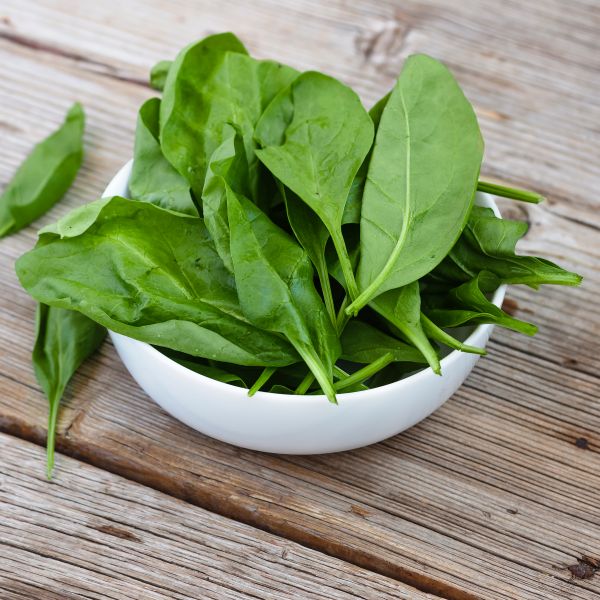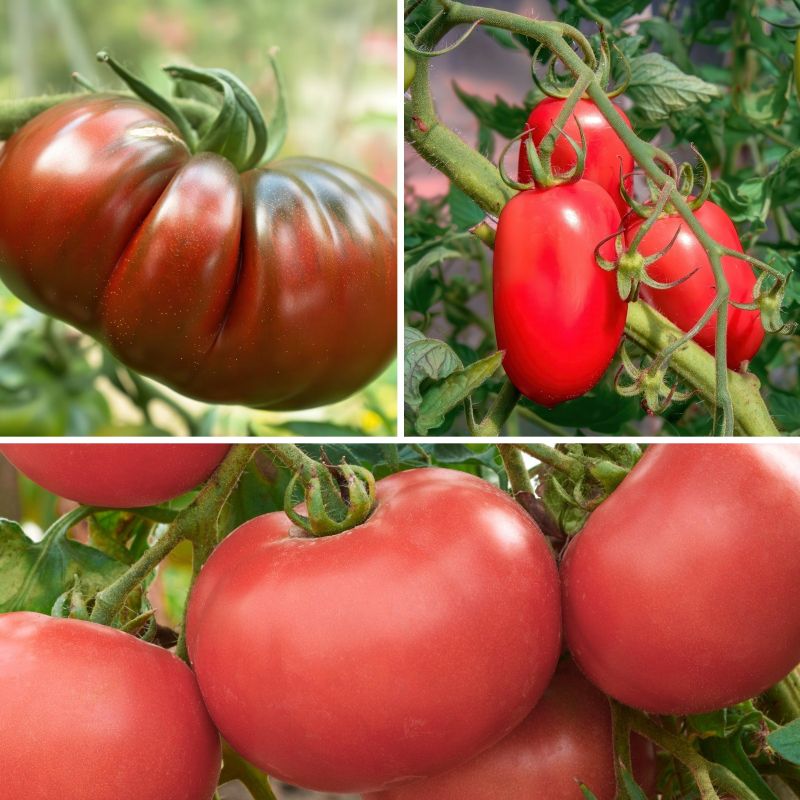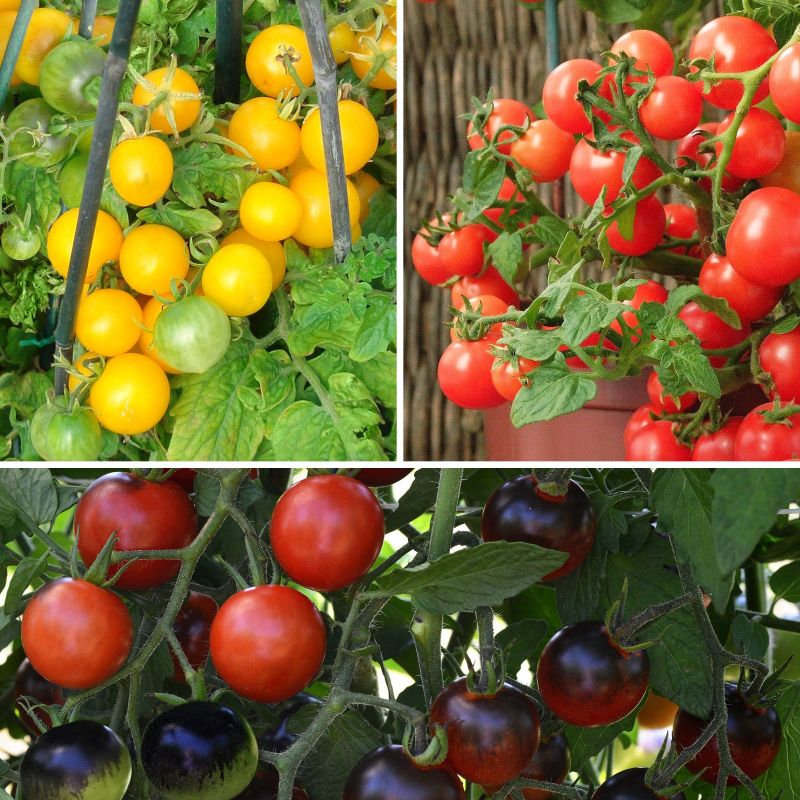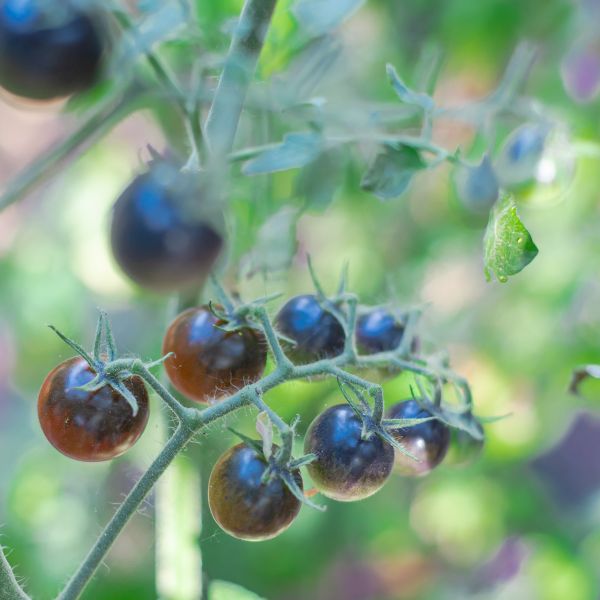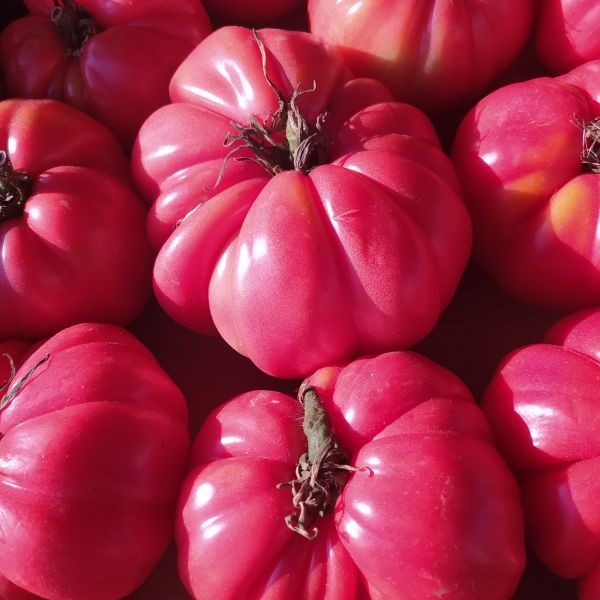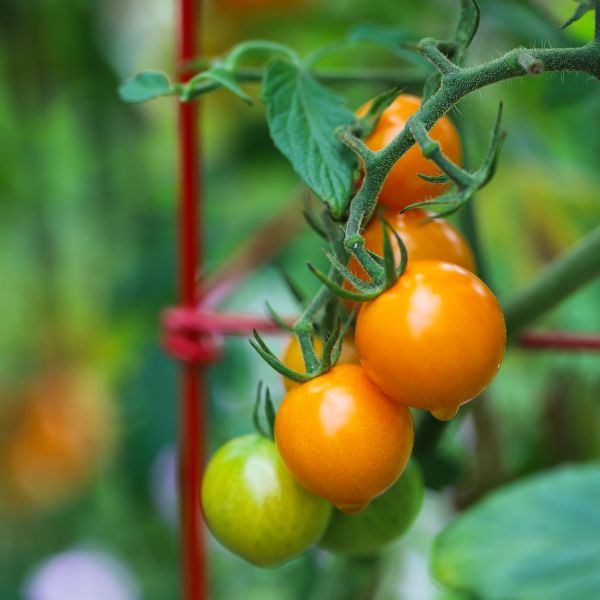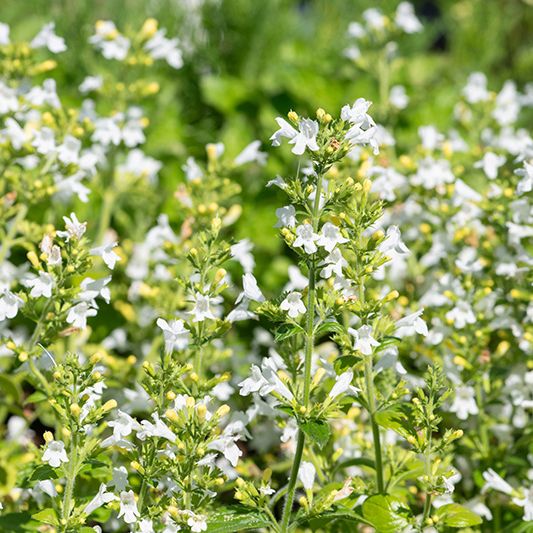
Lesser Calamint
Calamintha nepeta subsp. nepeta
40 reviews
Lesser Calamint
Calamintha nepeta subsp. nepeta
40 reviews
- Attracts pollinators such as bees and butterflies
- Tolerant of poor soil conditions
- Drought tolerant once established
- Recommended by landscape designers for optimal fit in real yards
$47.00
$68.00
30% Off
- Ships to 43215 in 3 to 7 days
- Free Shipping Over $150
- Plant Arrival Guarantee
- In Stock
- Free Plant Consult
$200 - Landscape-Approved: Every Plant We Sell Comes With Design Expertise Behind It
1 Gallon
Not just beautiful - intentionally selected by ShrubHub's 3D landscape design team to fit real-world spaces and maximize yard potential.
Why Lesser Calamint?
The Lesser Calamint, scientifically known as Calamintha subsp. nepeta, is a beautiful perennial herb that belongs to the mint family. It is mainly found in regions of Europe and Asia, growing in dry and rocky habitats. The plant blooms in clusters of small white or light pink flowers that are known to attract bees, butterflies, and other pollinators. Lesser Calamint has been used in traditional medicine for its antibacterial and anti-inflammatory properties. It is also used as a flavoring agent in culinary
People who loved this plant also bought
Sunlight
The sunlight requirement for Lesser Calamint is full sun to partial shade.
Watering
The watering requirement for Lesser Calamint is low to moderate. It prefers well-drained soil and can tolerate some drought. It is important not to overwater the plant, as excessive moisture can lead to root rot.
Fertilizing
The fertilizer requirement for Lesser Calamint may vary, but generally it benefits from a well-balanced fertilizer with equal proportions of nitrogen, phosphorus, and potassium. It is recommended to apply a slow-release fertilizer in early spring and again
Introducing the captivating Lesser Calamint! Prepare to be amazed by this extraordinary plant that will infuse your garden with enchantment. With its ethereal purple blooms and captivating fragrance, this easy-to-grow perennial is a must-have for passionate garden enthusiasts.
Thriving effortlessly in both full sun and partial shade, the Lesser Calamint exudes adaptability, allowing it to grace any garden style with its stunning presence. Even gardening novices can revel in success with this low-maintenance beauty. This plant prefers well-draining soil and can tolerate drought conditions once established. With a USDA hardiness zone of 4-8, the Lesser Calamint is well-suited to various regions.
Not only does it boast clusters of tiny purple flowers that bloom in summer, but the Lesser Calamint also adds a delicate touch to any landscape with its airy foliage. Whether used in borders, rock gardens, or mixed container plantings, this calamint adds a unique and charming element to your garden design.
With more to offer than just beauty, the Lesser Calamint beckons to a vibrant array of pollinators, including bees, butterflies, and a stunning array of beneficial insects. Witness the captivating dance of life this perennial plant will bring to your garden
Intriguing Fun Fact: Step into the culinary realm where the leaves of the Lesser Calamint unleash their minty magic. The leaves can be used fresh or dried in a variety of dishes and teas.
Surrender to the captivating wonder of this perennial and watch your garden transform into paradise!
Plant Information:
| Botanical Name: | Calamintha nepeta subsp. nepeta |
| USDA Zones: | 5 - 8 |
| Water: | Moderate to Low |
| Exposure: | Full Sun |
| Soil Needs: | Well Drained |
| Mature Height: | 12 - 18 inches |
| Mature Spread: | 18 - 24 inches |

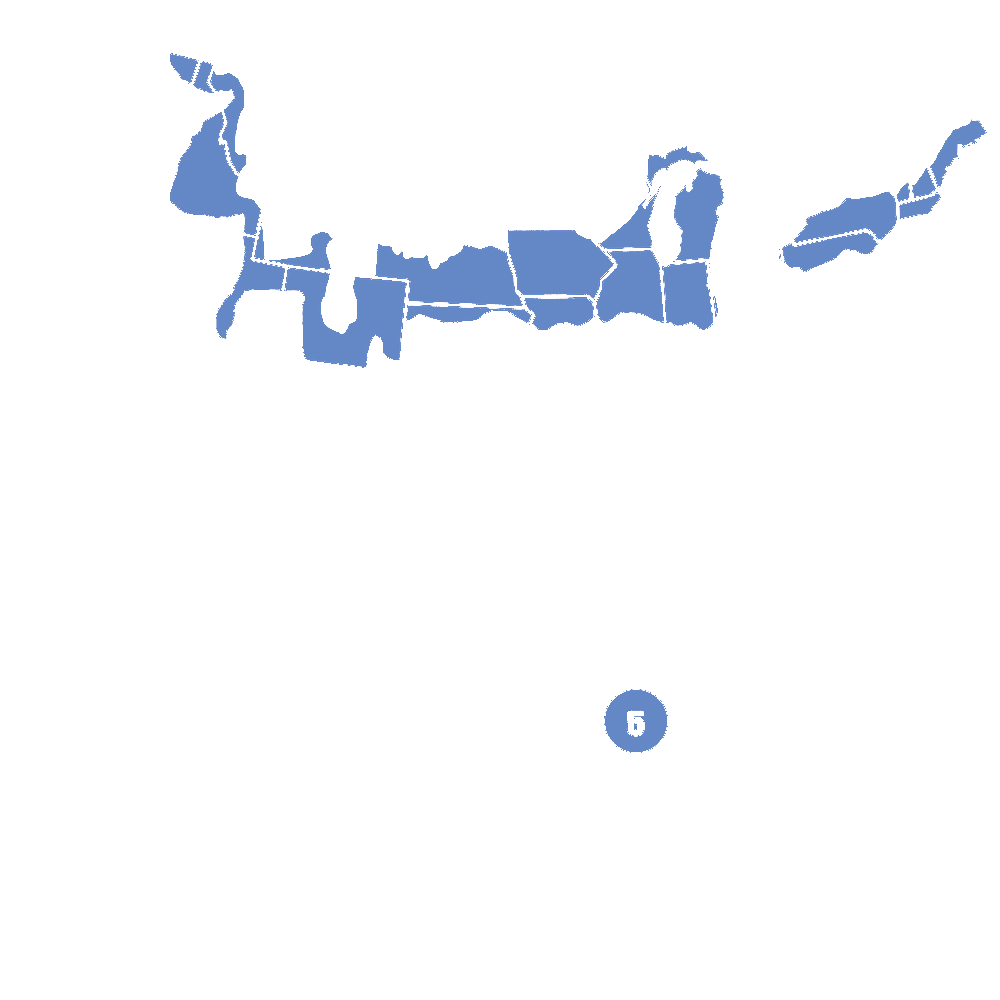
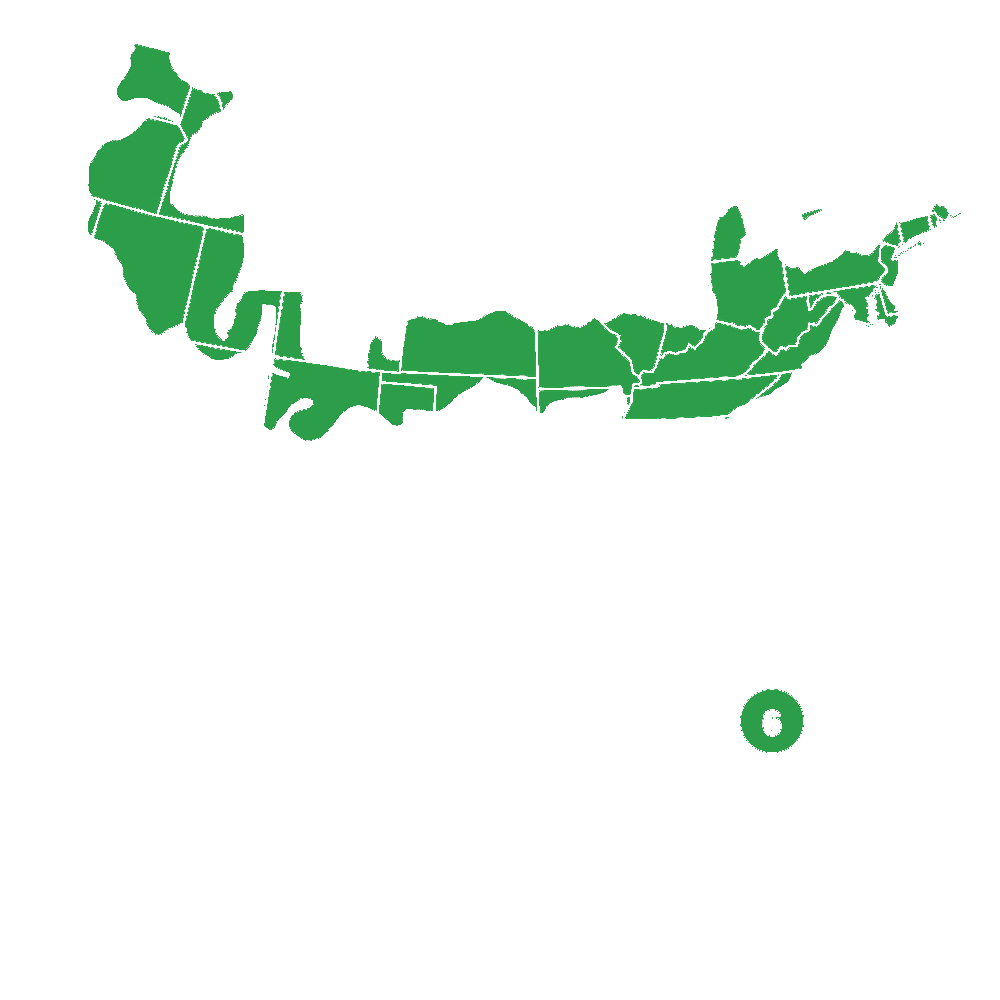
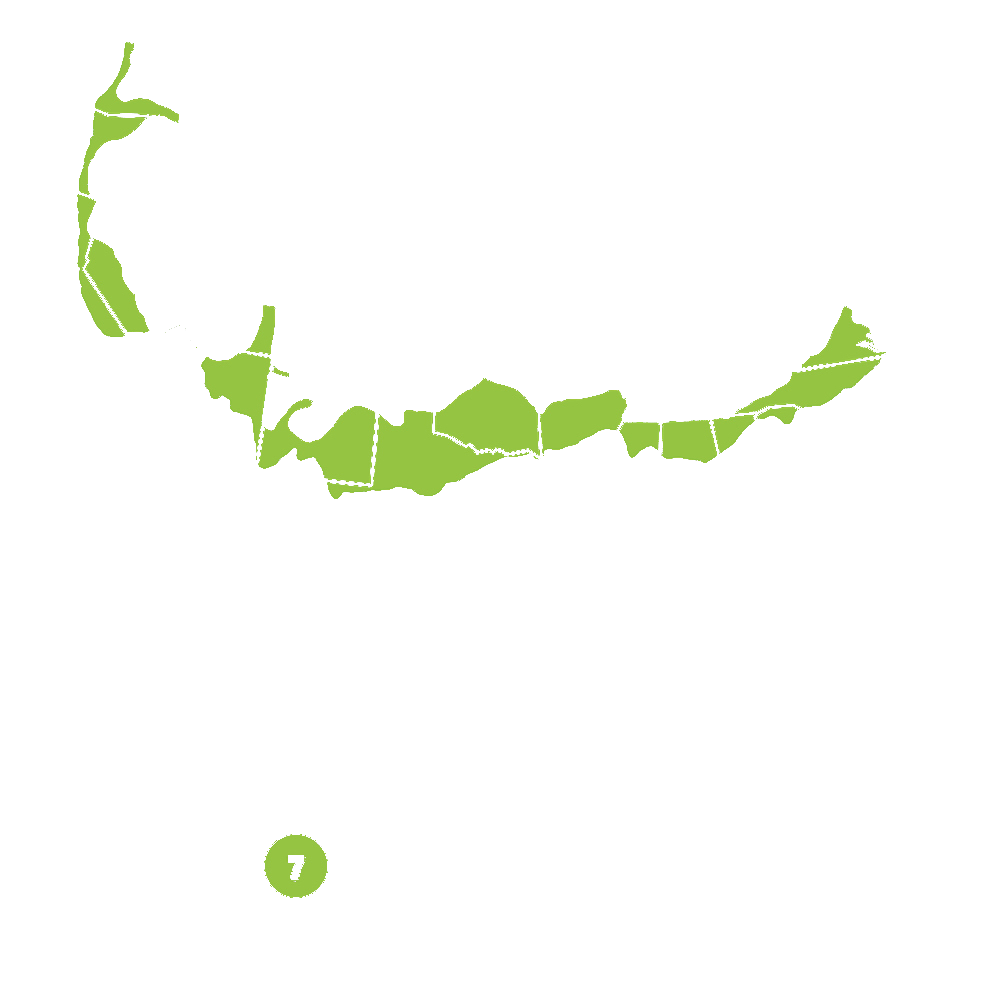
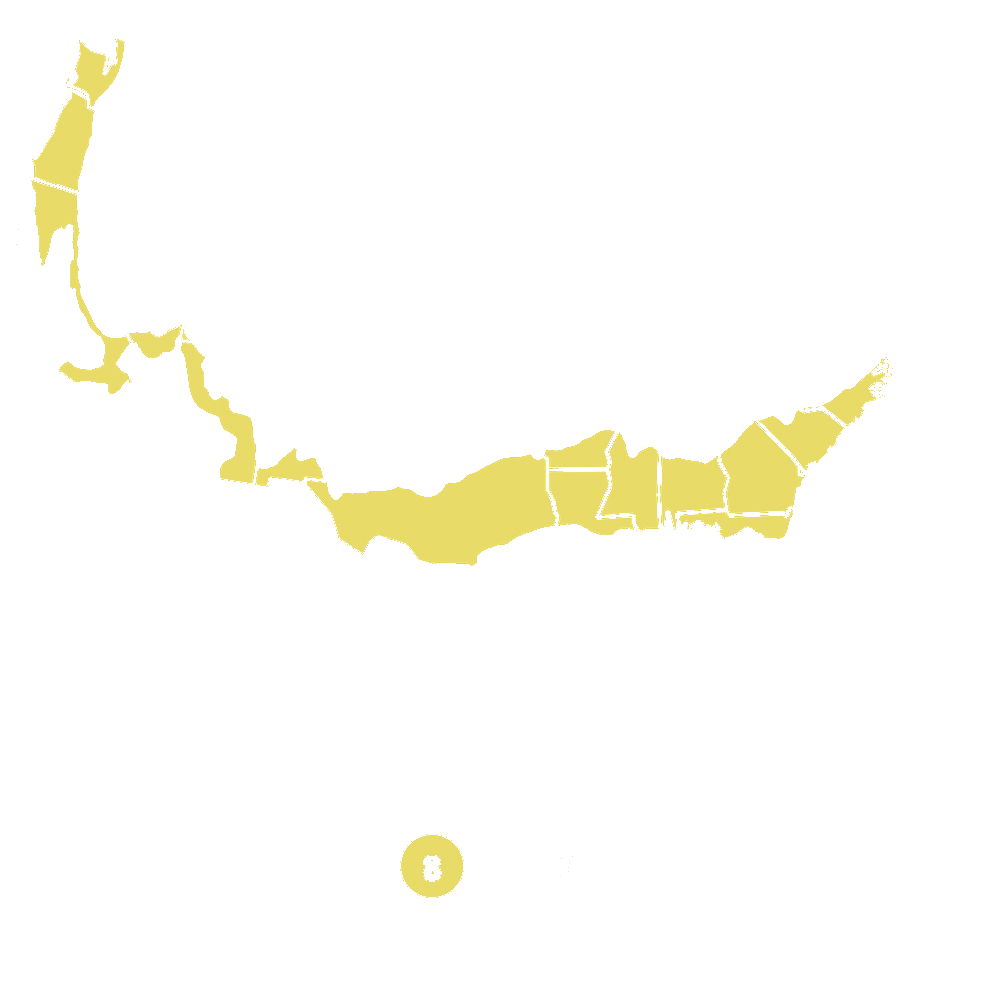
Pollination Info
Pollination Info for Lesser Calamint (Calamintha subsp. nepeta)
Lesser Calamint (Calamintha subsp. nepeta) is a flowering herbaceous perennial plant commonly found in Europe and Western Asia. It is a popular garden plant and is also known for its medicinal properties.
The plant is pollinated by a variety of insects including bees, butterflies, and moths. The flowers of the lesser calamint are fragrant, which attracts the pollinators to the plant. The flowers are also brightly colored, making them visible to the pollinators.
The pollinators are attracted to the lesser calamint plant due to the nectar that is produced by the flowers. The nectar serves as a food source for the pollinators which in turn helps to ensure the reproduction of the plant through pollination.
The pollination of the lesser calamint plant is critical to the production of seeds needed for the survival of the plant. Pollination also contributes to the genetic diversity of the plant species, helping to maintain healthy populations in natural areas.
In conclusion, pollination is integral to the survival of the lesser calamint plant species, and the pollinators ensure that the plant is able to produce seeds, which are vital for the continuation of the species.
FAQ
Lesser Calamint (Calamintha subsp. nepeta) FAQ
What is Lesser Calamint?
Lesser Calamint (Calamintha subsp. nepeta) is an herbaceous perennial plant that is native to Europe and Asia. It is also known as Lesser Calamint, Wild Basil, Field Balm, and Wild Mint.
What are the characteristics of Lesser Calamint?
Lesser Calamint grows up to 2 feet tall, with hairy stems and oval-shaped, bright green leaves. Small, white to pink flowers bloom in summer, which attract bees and butterflies. The plant has a strong, minty aroma and flavor.
Where can I grow Lesser Calamint?
Lesser Calamint prefers well-draining soil and full to part sun. It is tolerant of a wide range of soils, including sandy, rocky, or clay soils. It is a low-maintenance plant that does not require a lot of attention.
How do I propagate Lesser Calamint?
Lesser Calamint can be propagated through stem cuttings or by dividing mature plants in spring or fall. Seeds can also be sown in the spring, but plants grown from seed may not have the same characteristics as the parent plant.
What are the benefits of growing Lesser Calamint?
Lesser Calamint is an attractive, low-maintenance plant that provides food and habitat for pollinators. The leaves and flowers can be used in cooking, as the plant has a strong, minty flavor. It has also been used for medicinal purposes, as it contains compounds that have antiseptic and anti-inflammatory properties.
Are there any potential problems with growing Lesser Calamint?
Lesser Calamint is generally not susceptible to pests or diseases. However, it can spread aggressively if not contained. It is recommended to plant it in a container or in an area where it can be kept under control.
How do I care for Lesser Calamint?
Lesser Calamint requires little care once established. It should be watered regularly until it is established, but it can tolerate some drought once mature. It can be pruned back after flowering to encourage bushier growth. It is not necessary to fertilize the plant.
Planting & Care
Planting & Care for Lesser Calamint
Lesser Calamint (Calamintha subsp. nepeta) is a delicate and aromatic herb that can grow up to 2 feet tall. It is well-suited to rock gardens, borders, and containers with its bell-shaped purple flowers and glossy green leaves. Here are some tips to ensure your Lesser Calamint thrives:
Planting
- Choose a location with well-drained soil and full sun to partial shade.
- Plant in the spring after the last frost or in the fall before the first frost.
- Dig a hole twice as wide and deep as the root ball.
- Place the plant in the hole and backfill with soil, gently pressing down to remove any air pockets.
- Water thoroughly.
Care
- Water regularly, especially during hot and dry periods.
- Fertilize in the spring with a balanced, slow-release fertilizer.
- Prune back after flowering to encourage bushier growth.
- Deadhead spent flowers regularly to encourage more blooms.
- Protect from harsh winter winds by applying a layer of mulch around the base of the plant.
Lesser Calamint is a low-maintenance herb that adds beauty and fragrance to any garden. Follow these tips and enjoy your plant for years to come!
Check Out These Verified Customer Reviews:
Customer Reviews
4.7 out of 5 based on 40 reviews
Thank you! Your review has been submitted.
Customer service was excellent. They answered all my questions about the Lesser Calamint.
Impressed with the overall quality and condition of the plant.
Website was user-friendly. Easy to find and purchase Lesser Calamint.
Item has been added to your cart.



